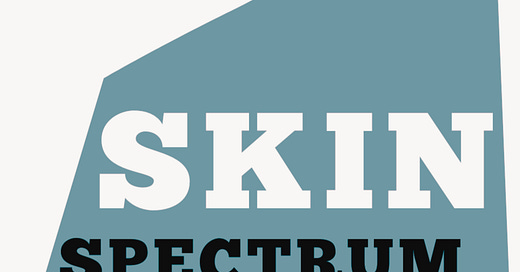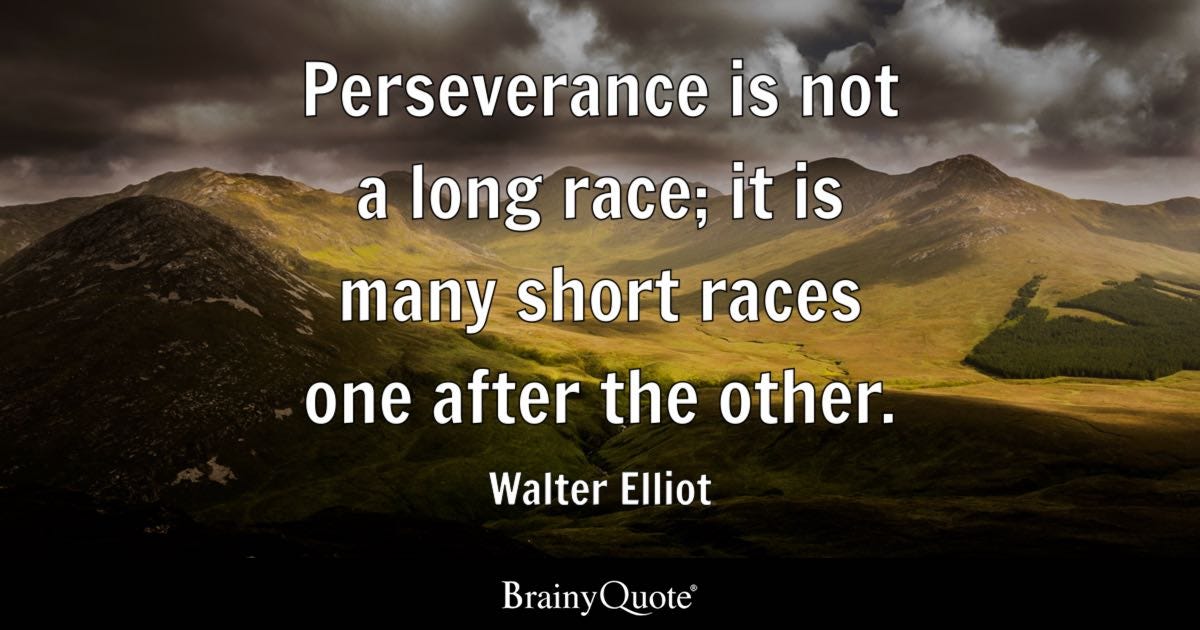CO₂ laser effective for burn scars in skin of colour
Small study shows promising results for improving mature burn scars in Fitzpatrick skin types III to V (Issue #241, 1,500 words, 7 minutes)
Findings from a study of fractional CO2 laser therapy for managing mature hypertrophic burn scars show promise but, when stratified by Fitzpatrick skin type, highlight a need for further research to optimize treatment strategies, particularly in populations with darker skin tones.
In the paper published in JAAD International (April 2025; 19:35-42), the authors note the survivors of burn injuries experience substantial physical, psychosocial, and financial impacts, and this burden is felt disproportionately in patients of resource-limited countries and racial and ethnic minorities.
They write that while fractional CO2 laser treatment promotes scar reduction, its efficacy varies based on skin type, with limited evidence on its efficacy for burn treatment in Fitzpatrick skin types IV to VI.
Researchers included 25 patients from Rawalpindi, Pakistan. Patients ages ranged from 12 to 80 years and had Fitzpatrick skin phototypes III (seven patients, 17.1%), IV (17, 41.5%), or V (one, 2.4%). Each patient had mature hypertrophic burn scars, and received four laser treatment sessions, four to six weeks apart. Investigators assessed scars using the Vancouver Scar Scale and the Patient Observer Scar Assessment Scale.
The authors observed significant reductions in Vancouver Scar Scale scores, with improvements in scar vascularity (pre: 0.85±1.085, post: 0.10±0.300, p<0.001), pigmentation (pre: 2.44±0.673, post: 2.12±0.900, p=0.008), and pliability (pre: 2.29±1.078, post: 1.39±0.997, p<0.001). Patients with Fitzpatrick skin types III and IV had notable Vancouver Scar Scale score improvements (p=0.013, p<0.001). Patient Observer Scar Assessment Scale scores also decreased significantly post-treatment (p<0.001).
“In this study, fractional CO2 laser treatments notably reduced pigmentation in Fitzpatrick skin types III and IV, as evidenced by PSAS and OSAS measurements,” the authors write. “However, VSS (Vancouver Scar Scale) outcomes were inconsistent, likely due to our small sample size and the inclusion of only one patient with Fitzpatrick skin type V, preventing evaluation of changes in Fitzpatrick skin type V.”
They note that, in spite of the variable effects based on the time elapsed since the burn injury, treatment initiated more than five years after the injury resulted in significant improvements in the Vancouver Scar Scale score.
Bottom line: A study from Pakistan evaluating the management of mature hypertrophic burn scars using fractional CO2 laser therapy has found the approach promising in Fitzpatrick skin types III and IV. However, more research is needed to optimize treatment strategies, particularly in populations with darker skin tones.
From the literature on scars in skin of colour
Comparison of the effects of adipose extracellular matrix/stromal vascular fraction gel injection and CO2 fractional laser on atrophic acne scar in Asians through a 24-week prospective, randomized, split-face study
This study assessed the efficacy and safety of extracellular matrix/stromal vascular fraction gel (ECM/SVF-gel) injection for treating acne scars, compared to CO2 fractional laser (CO2FL).
At the Xijing Hospital in China, between July 11, 2020, and Dec. 30, 2022, researchers randomly assigned patients exhibiting moderate to severe acne scars to a single ECM/SVF-gel injection on one half of the face or two sessions of CO2FL treatments on the other half. They used change in total Echelle d'Evaluation Clinique des Cicatrices d'acne (ECCA) score from baseline to 24-week follow-up as the primary outcome.
Of the 11 enrolled participants, 10 completed the follow-up. The mean age of patients was 27.5±4.2 years. There were seven female and four male enrollees, seven with Fitzpatrick skin Type III and four with Type IV.
At 24 weeks, the mean change in ECCA score was -60.25 on the side of ECM/SVF-gel injection and -43.25 on the side of CO2FL treatment (difference: -17.00 [95% CI: -24.56 to -9.44], p<0.001). Antera 3D photography analysis showed that the mean change in scar volume was -33.17% on ECM/SVF-gel injection and -19.69% on CO2FL (difference: -13.48% [95% CI:-22.16% to -4.79%], p=0.004).
High-intensity, high-frequency, parallel ultrasound beams for facial acne scars
Researchers examined the utility of a novel ultrasound device that uses high-intensity, high-frequency, parallel ultrasound beams to improve the clinical appearance of facial acne scars.
In this prospective, multicentre clinical study, 63 subjects completed at least two treatments with the novel device. Their mean age was 38 years, 64.2% were women. All Fitzpatrick skin phototypes were represented.
Researchers compared assessments at baseline with a three-month follow-up. Two of three blinded reviewers agreed in identifying pretreatment and post-treatment photographs for 96.8% of subjects (p<0.0001), who were considered responders. There was a significant reduction in the overall mean acne scar severity score (1.05 units, from 2.31 to 1.26 (p<0.001)). This represents a reduction of 45.5%. No device-related adverse events occurred.
Evaluating the pros and cons of fractional CO2 laser versus microneedling in atrophic acne scars in the skin of colour: A split-face study
In this paper, researchers assessed and compared the efficacy and safety of fractional CO2 laser and microneedling in atrophic acne scars. They correlated their findings with variables such as scar type, duration, and Fitzpatrick skin types.
Investigators included 30 patients, aged 20 to 40 years, with facial post-acne atrophic scars. All patients had the same Goodman and Baron (GB) grade on both sides of the face. After priming the patients’ skin, physicians performed four monthly sessions of fractional CO2 laser on the right and microneedling on the left side with two months of follow-up.
The researchers observed a 32.9% (3.53 to 2.37) improvement in GB grade and a 49.4% improvement (8.63 to 4.37) in patients' subjective score (8.63 to 4.37) on the fractional CO2 laser-treated side. There was a 9.3% (3.53 to 3.20) and 19.7% (8.63 to 6.93) improvement on the microneedling side, respectively. The difference between the two modalities was statistically significant.
Rolling (42.90% vs. 16.18%) and boxcar (36.18% vs. 3.74%) scars also showed more improvement with the fractional CO2 laser. Ice-pick scars responded the least with either modality. Scars of less than 10 years duration responded better to both modalities with sustained improvement during the study. However, postinflammatory hyperpigmentation (30% vs. 6.67%) was greater with fractional CO2 laser, particularly in patients with higher Fitzpatrick skin types.
At the intersection of skin and society
Canada’s new Indigenous Justice Strategy was released on March 10, 2025, detailing 26 priority actions to address systemic discrimination and overrepresentation of Indigenous people in the justice system. It was created with the input of First Nations, Inuit, and Métis community members, organizations and provincial and territorial governments. The news was reported in an article from Radio Canada International.
While Indigenous justice experts are welcoming the new strategy, some are disappointed at its lack of concrete next steps.
“I think any strategy that advances and provides access for Indigenous people and is aimed and targeted at removing overrepresentation or reversing the overrepresentation is extremely important,” said Kory Wilson, chair of the B.C. First Nations Justice Council.
The B.C. First Nations Justice Council was created in 2015 to work on transforming the justice system to be more equitable for Indigenous people in the province. It is working to implement the B.C. First Nations Justice Strategy created in 2020.
Wilson said the B.C. strategy has had a lot of success for Indigenous people in the province and hopes the national strategy would do the same.
“The reality is the justice system as it exists in Canada needs to be more accessible and more aware of the challenges facing Indigenous people, so there needs to be an overhaul of the entire system,” said Wilson.
The incarceration rate of Indigenous persons in provincial custody was about nine times higher than for non-Indigenous persons in 2020/2021, according to Statistics Canada. On an average day in 2020 and 2021, there were 42.6 Indigenous people in provincial custody per 10,000 population, compared to four non-Indigenous people.
The strategy contains specific chapters on priorities for First Nations, Métis and Inuit.
The First Nations chapter focuses on reforming the justice system to better include First Nations laws and traditions to deal with the overrepresentation and discrimination First Nations people currently face.
“The revitalization of Indigenous laws and Indigenous ways of knowing and how we've worked in the past has to start to be recognized,” said Wilson.
The Inuit chapter of the strategy talks about the need for increased infrastructure such as housing, shelters, and transitional housing to help reduce interactions with the justice system, prevent crimes and support rehabilitation, as well as ensure there are services, policing, and materials available in Inuktitut.
This week
April is Rosacea Awareness Month
April 7 is World Health Day
The first full week of April is National Public Health Week in the U.S.
Something to think about in the week ahead . . .
—Walter Elliot, (1888 – 1958), Scottish politician
Next week
A survey conducted in a remote community in northern Manitoba found that for Indigenous patients with skin conditions, the most commonly-mentioned themes were lack of access to healthcare and significant quality of life detriments.
Save the date for the 2025 Summit on Atopic Dermatitis
The 2025 edition of the Summit on Atopic Dermatitis virtual conference will be held on May 10, from 10:00 a.m. to 1:00 p.m. Eastern Time.
The Summit on Atopic Dermatitis will address an unmet need for education on the incidence of and latest therapies for AD among healthcare providers.
Join us for an in-depth discussion on the diagnosis, treatment, and latest therapies for atopic dermatitis in Canada.
The 2025 program will be held virtually and will be available to attend at no charge to delegates.
Register for the webinar using the link below, and watch this space for further details.
If you enjoy Skin Spectrum Weekly, why not check out the Chronicle’s other publications, podcasts, and portal?
Established in 1995, The Chronicle of Skin & Allergy is a scientific newspaper providing news and information on practical therapeutics and clinical progress in dermatologic medicine. The latest issue features:
Dr. Ruth Ann Vleugels (Boston) describes emerging treatments for dermatomyositis associated with lupus.
Drs. Charles Lynde (Markham, Ont.), Fiona Lovegrove (London, Ont.), Julien Ringuet (Quebec), and Kerri Purdy (Halifax) review new dermatologic therapies to watch in 2025.
Dr. Susan Poelman (Calgary) summarizes current research into hidradenitis suppurativa treatments and discusses why physicians should be optimistic about the future of managing this disease.
Plus regular features, including the popular column “Vender on Psoriasis” by dermatologist Dr. Ron Vender.
You can read a recent digital edition of The Chronicle of Skin & Allergy here. To apply for a complimentary subscription or to request a sample copy, please email health@chronicle.org with your contact information.
The Women in Dermatology e-newsletter updates readers with new findings concerning dermatologic issues affecting women and the female dermatologists who care for them. Read the current issue here.
Season three of the Vender on Psoriasis podcast with Dr. Ron Vender has begun. Listen to the new season here. In episode five, Dr. Vender discusses whether vitamin D influences psoriasis severity, sex differences in psoriatic inflammation itch, and the risk of psychiatric disorders associated with acitretin.
And if you’re looking for a web destination for all things derm, visit derm.city, “Where Dermatology Lives.” Please like, rate, review, and share it with your colleagues.








